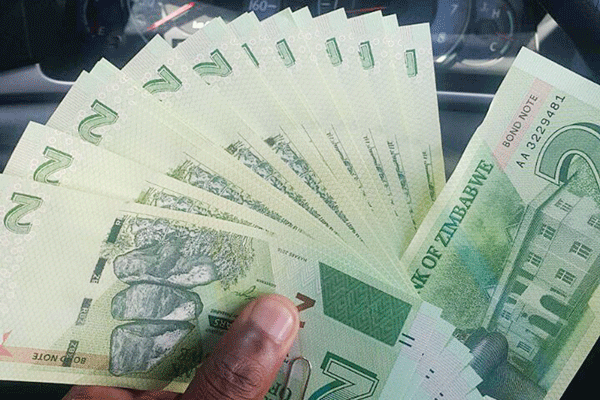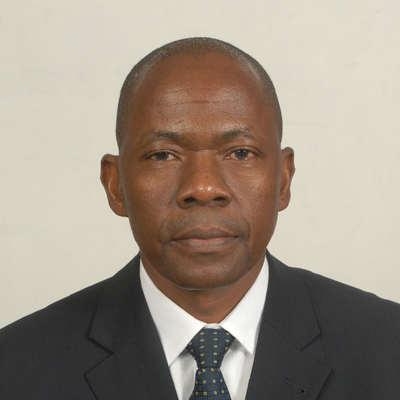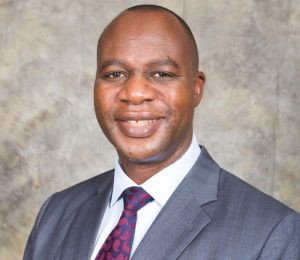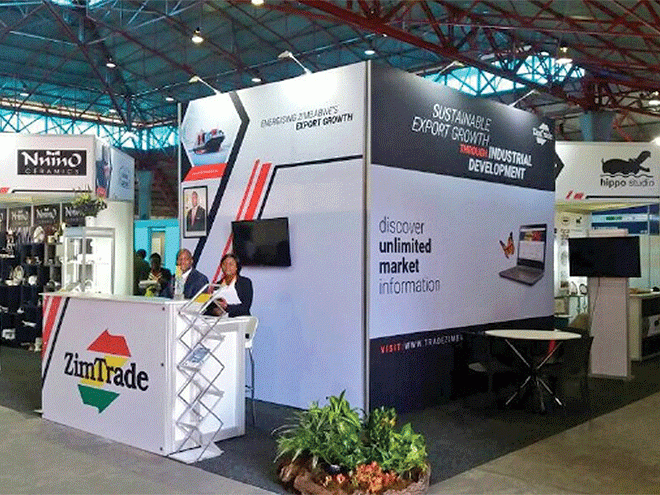
ZIMBABWE’S ongoing currency crisis can be best described as a conundrum. Not only is it problematic, but it is also confusing and complex.
BY TATIRA ZWINOIRA
On the one hand, you have an evident devaluation of local money, (electronic transfers and mobile money) and on the other, government still insists parity between the two mediums of exchange.
Curiously, the same government which directed banks to separate local money from hard currency deposits last October is now demanding taxes in foreign currency from businesses that trade in foreign currency.
Analysts note that the growing devaluation of local money is as a result of an increase in money supply through mainly Treasury Bills (TBs) issuances.
According to Reserve Bank of Zimbabwe statistics, nostro accounts averaged $227,12 million a month between January and October last year, while broad money supply averaged $8,91 billion.
To unravel this conundrum, one needs to examine the origin of the crisis, followed by the resulting problem, distortion and possible solutions.
Experts agree that the current currency crisis was triggered by a gradual increase in money supply in the country over the past years against its ability to generate foreign currency, largely blamed on TBs.
- Chamisa under fire over US$120K donation
- Mavhunga puts DeMbare into Chibuku quarterfinals
- Pension funds bet on Cabora Bassa oilfields
- Councils defy govt fire tender directive
Keep Reading
Before dollarisation, TBs used to be issued to control money supply, raise short-term finance for government and provide financial institutions with liquid security to use as collateral to borrow money.
However, this stopped after dollarisation, resulting in a loss of monetary autonomy and the central bank ceasing to act as a lender of last resort.
As such, in 2012, TBs once more started to be issued to restore the bank’s lender of last resort status as it could no longer control money supply, generate forex and had an indebtedness of over $1 billion accumulated during the hyperinflationary period.
But over the years, since its re-emergence, TB issuances slowly became an increasingly reliable way to fund government expenditure to a point where, by the end of 2016, at least $2,1 billion had been issued.
With no other means of borrowing, zero external support due to a huge foreign debt and government failing to control its spending, the issuance of statutory paper drastically increased.
As a result, from the end of 2016 to August last year, TBs grew by $5,1 billion, thus increasing the money supply at a rate faster than the country’s ability to generate forex to support it, considering the economy was now dollarised.
In Zimbabwe, forex generation is largely from exports, foreign direct investment (FDI) and diaspora remittances — three sources that have been severely constrained in recent years.
Exports have not increased at a corresponding pace with the rise in imports, leading to a high trade deficit. FDI has been low, averaging between $250 million and $400 million as the country has failed to attract investment from abroad. Diaspora remittances have also not been forthcoming, reaching some $440 million as of September last year.
“So that was the problem; too much money in the economy which was not supported by production or available foreign currency. So by the end of 2016, we started to see the emergence of cash premiums at around 10% or so because we had injected $1,4 billion (TBs) into the economy and did not stop there,” economic analyst Persistence Gwanyanya said.
“Government continued to print more TBs and inject them into the economy, resulting in the money supply continuing to grow. We saw the government continue to print more money for different reasons such as support of its parastatals and other State entities.
“We saw a significant raise between 2017 and 2018, where our money supply increased by about $5 billion or so which is what worsened the current currency situation within such a short space of time. So it is largely linked to the indiscipline at government level, whose result was an increase in money supply.”
He said between 2009 and 2013, money supply was contained within the available levels of circulation.
A report titled Zimbabwe Food Security Outlook December 2018 to May 2019 by a United States agency noted that currency shortages were behind the rise in basic living costs.
“Critical foreign currency shortages continue, affecting almost every sector of the economy. The parallel market for foreign currency persists despite some government measures to curb it. Although the official exchange rate remains at 1:1 with the bond note, the US dollar is trading at over 300% against the local bond note, Real Time Gross Settlement (RTGS), and mobile money transfers,” the report reads.
“To further compound the economic situation, currency shortages continue to drive nationwide shortages in fuel, including diesel, petrol, paraffin, and cooking gas and prices for these fuels have increased. These shortages and high prices are adversely affecting industries and the general population
“Since the introduction of new tax and currency measures in October, most commodity prices have more than doubled. These measures also spurred speculative pricing in the economy. Most goods and services are increasingly being charged in scarce US dollars or at highly inflated parallel market prices in bond notes, RTGS or mobile transfers, making them inaccessible to a large section of the population.”
The rise in prices led to the official year-on-year inflation rate jumping 15,46 percentage points to 20,85% in October 2018 and another 10,16 percentage points to 31,01% in November last year.
However, economists continue to dispute these figures as they seem to greatly differ with what is transpiring on the market.
Such inflationary pressures have led to two-tier prices where customers paying in US dollar receive discounts.
To solve the current currency challenges, experts have been pushing government to liberalise the foreign currency exchange system.
“The most effective and efficient way of doing it is to have an exchange control policy framework that then guides the market. So I am not saying there should just be a free market… it is much like what we used to have in the 1980s; even in the 90s,” banking expert Clive Mphambela said.
“We had a framework which worked; which said these are the priority areas and these are the exchange control areas; where you go to the market to access foreign exchange, depending on how you fit into that framework. What we currently have is a situation where everything goes into a pot and someone decides who and who not to give.”
Finance minister Mthuli Ncube last Friday set up a forex allocation committee comprising four members from the central bank, two drawn from the Finance ministry and another two from Industry and Commerce, as well as Energy and Power Development ministries.
However, the business community has largely slammed this committee.
Zimbabwe National Chamber of Commerce chief executive officer Christopher Mugaga, speaking to NewsDay yesterday, said the central bank had no right to control forex it does not earn.
In November 2018, economist Ashok Chakravarti proposed a hybrid foreign currency management system or the creation of a long maturity US dollar Brady type bond to preserve savings.
“We have to create a liberalised interbank foreign exchange market. In this market, all exporters, holders of foreign exchange and diasporans will be freely allowed to sell their foreign exchange to importers. Initially, we start with priority areas because we don’t have enough for luxury uses,” Chakravarti said.
“So this interbank market has been created in Nigeria and in west Africa it is highly-successful, so that is what we need to do.”
Since then, businesses and consumers alike have been calling on government to liberalise the foreign exchange market, which it may be forced to do considering the worsening currency crisis.











